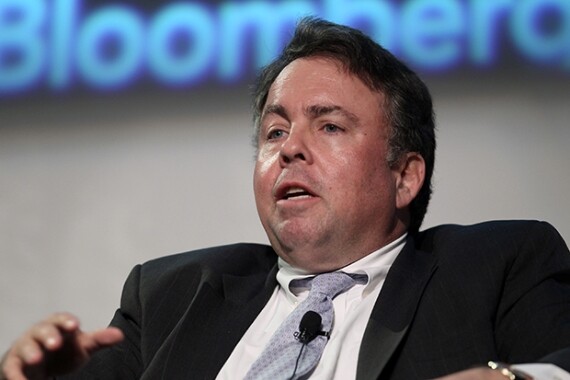













The California Supreme Court will hear a case challenging the state's 2013 pension changes, after seemingly settling the issue with a 2020 ruling.
The "impressive" investor appetite for tax-exempts has been "holding steady all quarter despite expensive valuations, supply surges and periods of low reinvestment demand," said GW&K Investment Management strategists in a report.
As space becomes an increasingly important frontier for development and competition, spaceports should enjoy the same financial benefits as airports and seaports, say supporters of the federal legislation.
The governor should have involved the legislature earlier in decision making on how to give the Water and Power Authority money to make a bond payment, lawmakers said.
A Utah law may be tapped to issue bonds to renovate a downtown Salt Lake City basketball arena to accommodate the former Arizona Coyotes.
Along with UBS' departure from the negotiated underwriting space, various firms have hired talent from both firms to increase their primary and secondary market presence. Many hope for some positive effects in both competition and secondary market liquidity as a result.